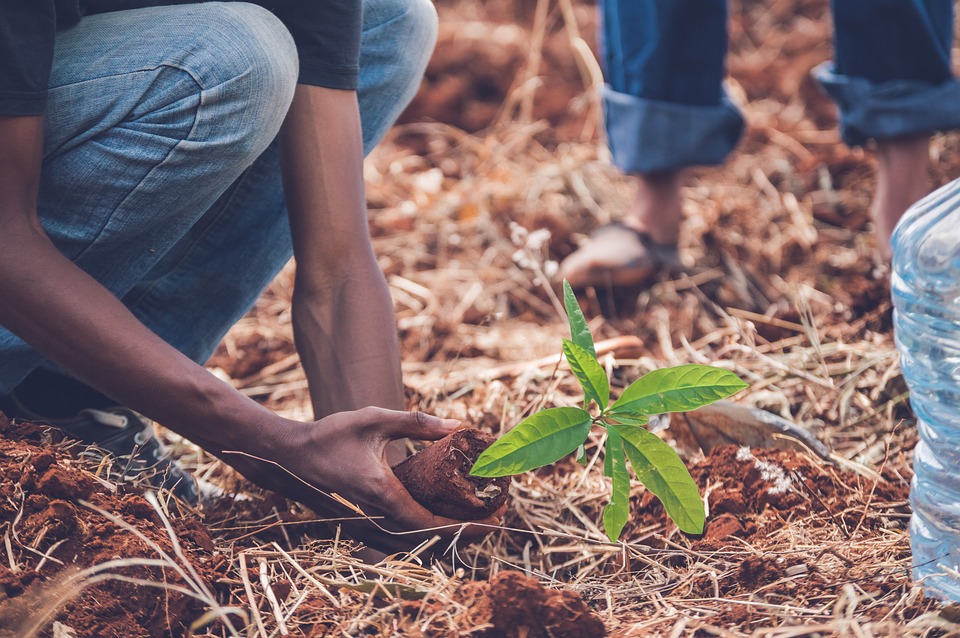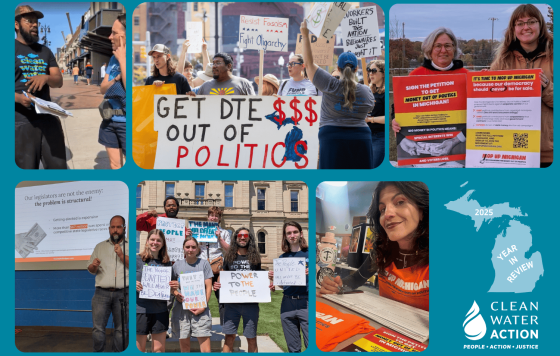
In May, I finished my third semester teaching a college dual enrollment Healthy Communities course at Madison Park Academy in the Sobrante Park District of East Oakland. Sobrante Park is an environmental justice community burdened with heavy traffic. The majority of households pay over 50% of their income for housing, and the community has some of the highest asthma rates in the country. Most of the environmental injustices faced by residents are due to air pollution from vehicles including the diesel trucks that run on the 880 freeway directly adjacent to the school. Diesel trucks are not allowed to run on the 580 freeway, which is closer to more affluent neighborhoods in Oakland.
Oakland Unified School District’s head gardener proposed to plant 30 trees on Madison Park Academy school grounds to help mitigate the effect of air pollution on the community. Since planting 30 trees is no small feat, he reached out to our course to help him in this effort . To incorporate this into the class, we dedicated three full weeks to teach students the community and air quality benefits of trees, plan out the tree-planting sites, dig holes, and do the planting.
This tree planting was one of the first times we dedicated a significant portion of the class to being outdoors. The effect that touching the soil and tree planting had on the students was really visible; at first students were apprehensive about getting dirty, but in no time they were laughing and looking forward to going back outdoors. One student, Aurora, told me “I can’t wait until my tree gets nice and big so that I can bring my family here and tell them that I did this.” We ended the tree planting by coming together, forming a circle, and taking turns sharing how we felt about the tree planting process. Several students said that they were happy to contribute trees to their neighborhood and do something to address global warming.
Working with these students is impactful for me and I hope for them too. Getting youth directly involved in projects fosters leadership in environmental justice communities.


